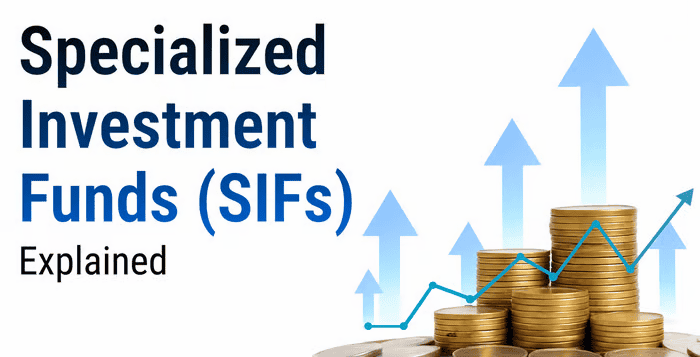
1. Budget Impact: India’s 2024-25 Interim Budget has set the stage for targeted growth initiatives. Key highlights include:
· Capital Expenditure Boost: The budget allocated INR 11,11,111 crore for capital expenditure, signalling a focus on infrastructure development.
· Fiscal Deficit: Projected at 5.1% of GDP, indicating a balance between expenditure and revenue.
· Sectoral Initiatives: Emphasis on uplifting marginalized sections like farmers, women, and youth through targeted schemes.
· Taxation: No changes proposed in tax rates, ensuring continuity in fiscal policy.
2. Market Reaction: Following the budget announcement, the stock market experienced initial volatility. The BSE Sensex dropped 106.81 points, while the NSE Nifty fell 28.25 points, reflecting mixed sentiments post-budget.
3. Sectoral Analysis:
· Certain sectors, such as infrastructure and agriculture, responded positively to budgetary allocations. Other sectors displayed cautious sentiment.
4. Economic Outlook:
· Inflation Management: Proactive measures by the government have kept inflation within manageable levels, contributing to economic stability.
· GST Collections: January saw a notable increase in GST collections, indicating robust economic activity despite budgetary challenges.
· Global Impact: Mixed trends in global markets, with U.S. markets closing lower, highlighting the interconnections of global economies.
5. Expert Predictions:
· Morgan Stanley expects India’s benchmark BSE Sensex to hit 74,000 by December 2024. This projection is based on assumptions of continuity in the government, stable policy, robust domestic growth, and benign oil prices1.
· ICICI Direct predicts that the Indian stock market could see a significant spike in the coming months, with 2024 being an election year. The NSE Nifty index could rise to 23,400 points by June 2024.
Net equity investment by International Institutional investors in India has seen fluctuations throughout 2023, but substantial inflows continue on a net basis. Domestic capital flows into the equity market, particularly through SIP (Systematic Investment Plan), have reached all-time highs. Looking ahead, experts caution that the rally in mid caps and small-caps in 2024 may not be as robust as in 2023 due to high valuations. Analysts are beginning to favor large caps over mid caps and small caps after last year’s surge. In summary, while the long-term outlook for Indian equities remains positive, investors should adjust their return expectations for 2024. Keep an eye on market dynamics and consider diversification strategies to navigate risks and opportunities in mid and small-cap stocks.
Actionable Steps to Reduce Risk and Enhance Returns
1. Diversification:
· Spread your investments across different asset classes (equities, bonds, real estate, etc.) to reduce risk.
· Diversify within equities by investing in various sectors and companies.
2. Research and Due Diligence:
· Thoroughly research companies before investing. Understand their financials, growth prospects, and management quality.
· Stay informed about market trends, economic indicators, and global events.
3. Long-Term Perspective:
· Avoid short-term speculation. Invest with a long-term horizon to benefit from compounding returns.
4. Risk Management:
· Set stop-loss limits to protect against significant losses.
· Consider using hedging strategies (options, futures) to manage risk.
5. Regular Review:
· Periodically review your portfolio. Rebalance if necessary to maintain the desired asset allocation.





